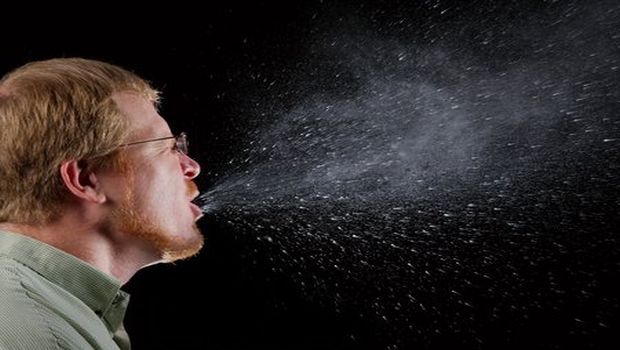Journal Solicits Research on the Airborne Microbiome, Implications for Infection Control


Many infectious diseases, such as tuberculosis, whooping cough, aspergillus and other fungal infections, human and avian influenza, measles, chickenpox, and some of the emerging viruses, such as Middle East Respiratory Syndrome coronavirus (MERS-CoV) can be potentially spread through aerosol transmission. With the advent of deep-sequencing technologies these can be applied to environmental air samples using metagenomic techniques to characterize the presence and variety of airborne pathogens in the everyday air that we breathe in different environments (hospitals, clinics, homes, offices, entertainment venues, and public transport such as buses, trains, planes, etc.).
This series, to be edited by Julian Tang of the University Hospitals of Leicester NHS Trust, and Yuguo Li of the University of Hong Kong, aims to explore and characterize the airborne microbiome in different environments, using different methods, in order to understand and assess the risk that such airborne pathogens may pose to both vulnerable and otherwise healthy individuals, and explore possible interventions to control their transmission. BMC Infectious Diseases welcomes submission of research articles and opinion pieces focused on the airborne microbiome in relation to infectious diseases.
Submit directly to BMC Infectious Diseases, or email pre-submission queries to Philippa.Harris@biomedcentral.com
The deadline for submissions of manuscripts is Sept. 30, 2017.
Source: BMC Infectious Diseases
Robust infectious disease surveillance, including rapid subtyping of influenza A, is essential for early detection, containment, and public health reporting of novel viral threats.